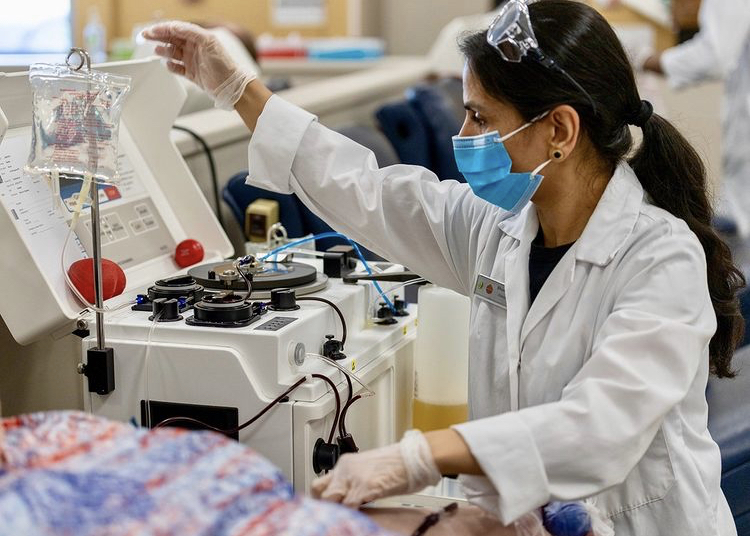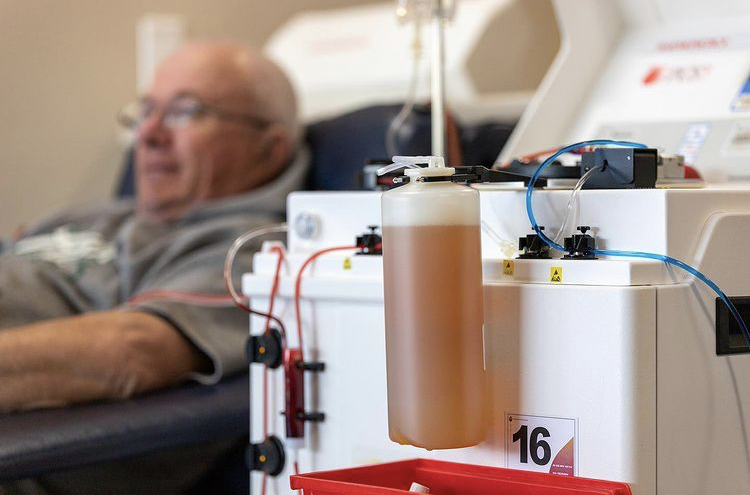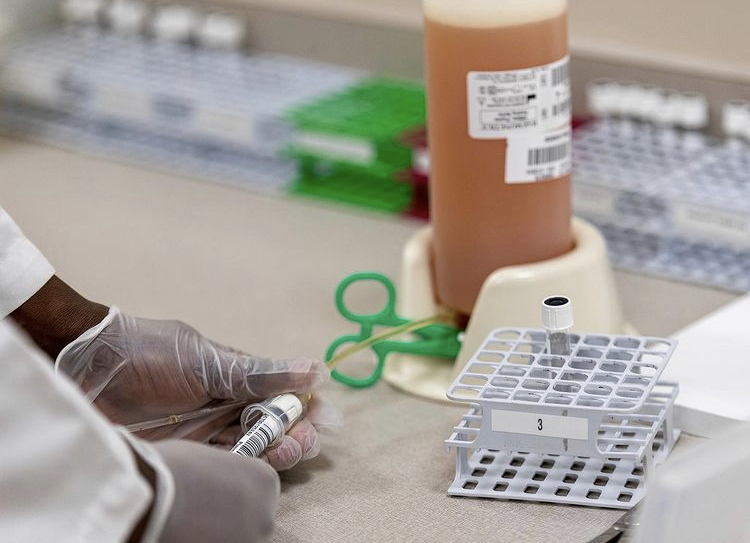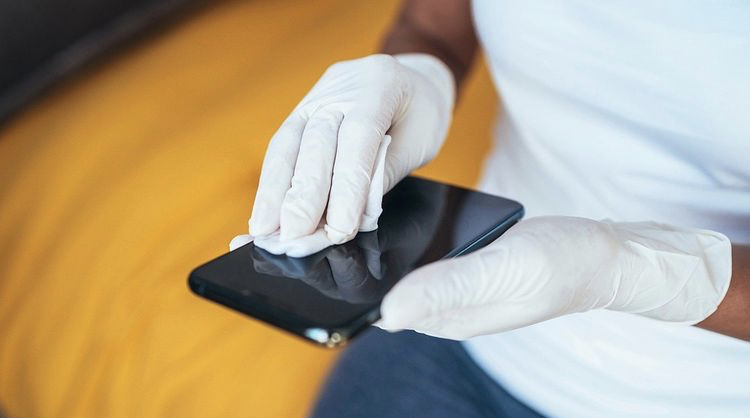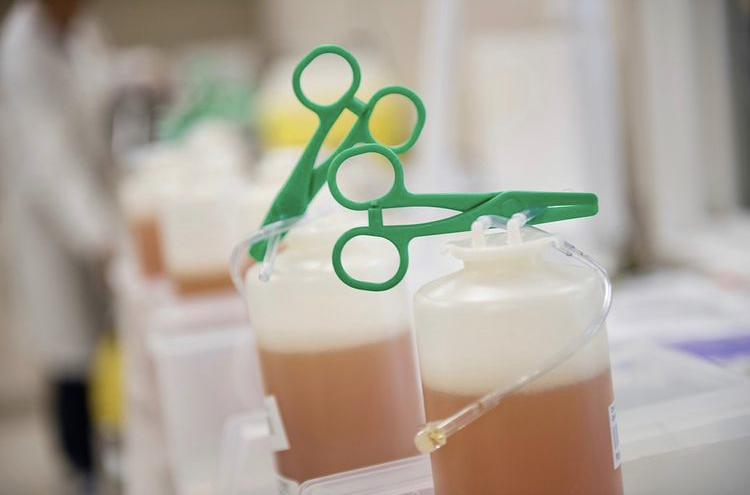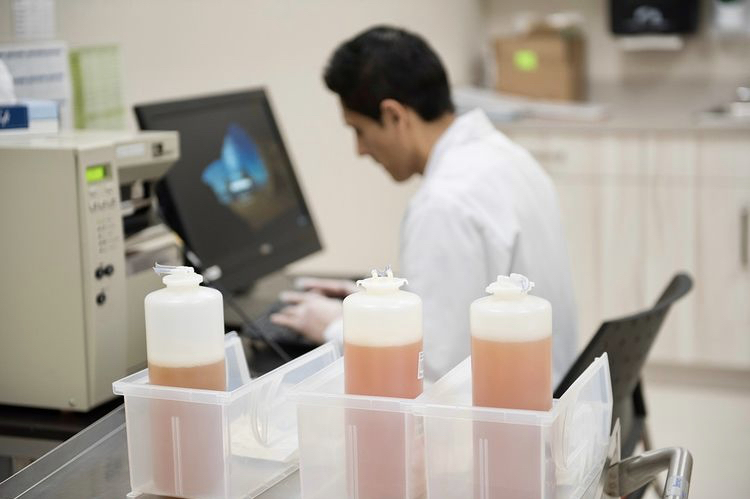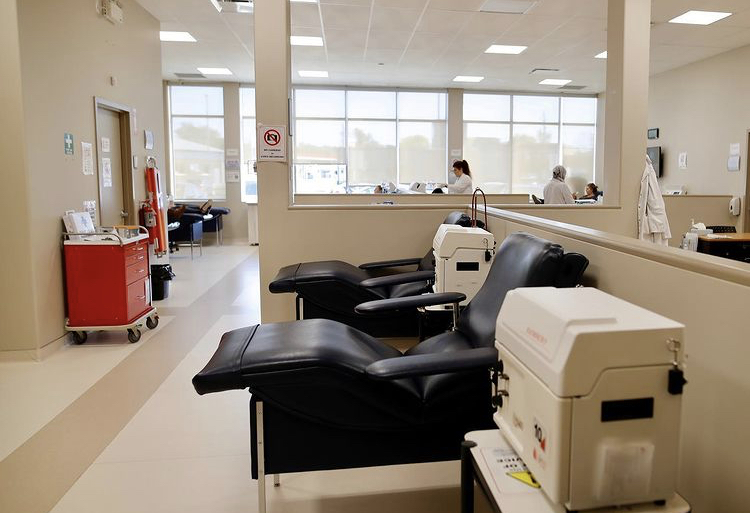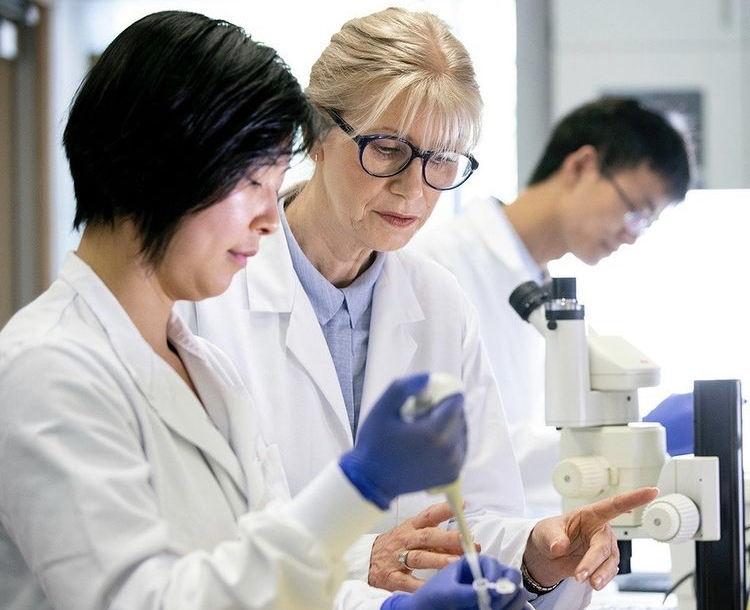Blog
July 24, 2020
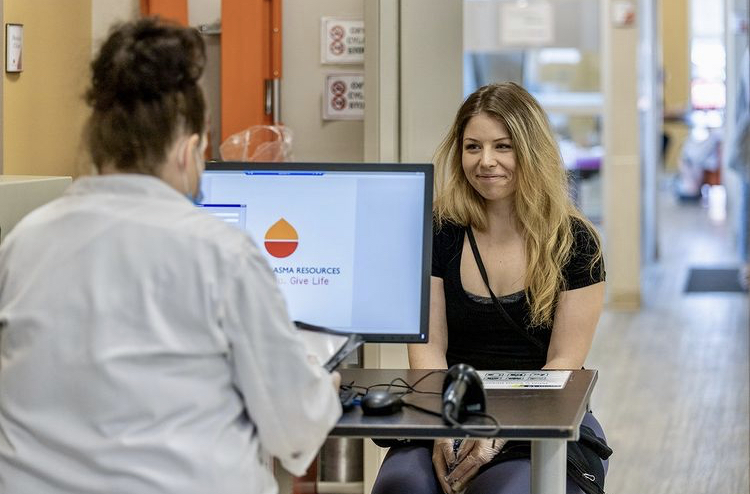
Compensating donors is a practice we’ve been long-time proponents of at DB Plasma. Not only do paid plasma donations help us show our appreciation for the time and effort our donors put into helping others; they have also been proven time and time again to be the only way to ensure a secure supply of plasma.
The importance of paid plasma donations for donors and patients alike cannot be overstated, which is why we’re always looking for ways to optimize our compensation plan. Without further ado, here are 3 benefits of our brand new Super Hero Rewards loyalty program that launched on July 6, 2020!
1. Ongoing Payments
With our new Super Hero Rewards loyalty program, there are three levels donors can achieve:
- Orange level: All donors who give plasma at DB Plasma start at this level. They will receive $30 for their first donation of the week and $50 for their second donation of the week.
- Silver level: Donors who give plasma twice per week for two consecutive weeks will reach Silver level. They will receive $30 for their first donation of the week and $55 for their second donation of the week.
- Gold level: Donors who give plasma twice per week for two more consecutive weeks, following the initial two consecutive weeks, will reach Gold level. These two weeks of consecutive donations do not have to occur back to back. Gold level donors will receive $30 for their first donation of the week and $60 for their second donation of the week.
Instead of donors receiving their additional compensation in a lump sum payment, the additional compensation Silver and Gold level donors earn will be paid following their plasma donations over the course of the year. With this program, you’ll be able to spend the additional compensation you earn sooner rather than later!
2. Opportunities to Earn More
DB Plasma’s current Super Hero Rewards loyalty program gives donors the opportunity to earn more bonuses much sooner! Donors no longer have to wait for their 25th donation to start earning $4 bonuses and their 50th donation to start earning $5 bonuses, as was the case with our previous program. Now donors can earn $5 bonuses after giving plasma twice per week for two consecutive weeks and $10 bonuses if they give plasma twice per week for two more consecutive weeks. This means that donors can start earning up to $85/week after four consecutive donations and up to $90/week after eight consecutive donations (if they choose to do their two consecutive weeks of two donations per week back to back).
3. Promoting More Plasma Donations
Last but certainly not least, our new program is designed to promote more plasma donations. For donors to maintain their Silver or Gold status, they must donate plasma at least once per calendar week. If a donation is missed in a given week, donors will return back to the Orange level. For donors to earn their additional $5 or $10 bonuses after attaining Silver or Gold status, they must give plasma twice per calendar week.
With this plan, we hope to encourage donors to give plasma as much as they possibly can. At the end of the day, more plasma donations lead to the creation of more life-saving therapies for chronically ill patients.
To learn more about our new Super Hero Rewards loyalty program, visit the Compensation page on the Canadian Plasma Resource’s website. To start earning your bonuses as soon as possible, book your next appointment today!



